Research from the McKinsey Global Institute has found that the foodservice sector is one of the ripest to benefit from the introduction of robots.
According to the analysis, 73% of the activities foodservice workers perform – including preparing, cooking and serving food – have the potential to be automated based on technical considerations.
And operators are responding in force, deploying robots to handle everything from order taking to payment, burger flipping and food delivery.
The latest robot-assisted dining concept – the Robot.he restaurant in Shanghai’s Hema supermarket – is the brainchild of Chinese e-commerce giant Alibaba. It uses a combination of apps, QR codes and robots to streamline the food preparation process so diners get their food fast.
Having been assigned a table through their Hema app, which tells the system where they will be sitting, diners handpick fresh seafood for their meal. It’s then sent by workers to the kitchen via a conveyor belt, where a robot-controlled refrigerator keeps the ingredients fresh while diners wait to be seated.
When the dish is ready, it’s delivered to the table by small pod-like robots, which spin and flash their lights when they arrive at their destination.
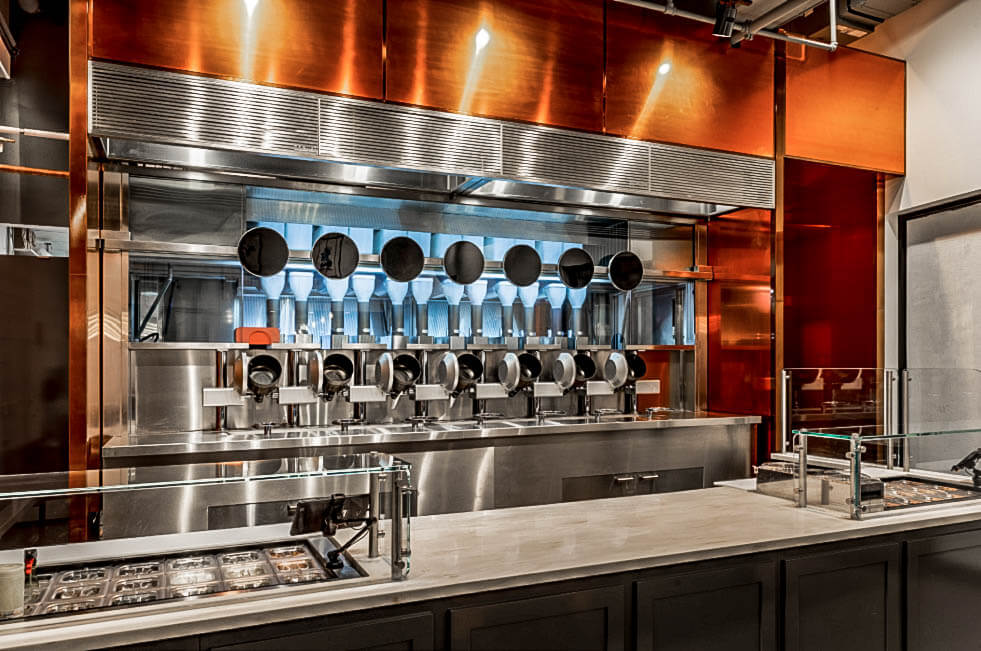
Image Spyce Food Co / Chris Sanchez
Elsewhere, operators are experimenting with introducing robots during other parts of the food preparation process.
In Pasadena, California, Flippy, the robotic kitchen assistant who can cook 300 burgers per hour, was so popular on his first day in March that he couldn’t keep up with demand. Meanwhile, Spyce restaurant in Boston, a collaboration between a group of 20-something robotic engineers from the Massachusetts Institute of Technology and Michelin-starred chef Daniel Boulud, has replaced human chefs with seven automated cooking pots that simultaneously whip up meals in three minutes or less.
The big foodservice players are getting in on the action too. Domino’s carried out the first ever drone pizza delivery in New Zealand last year and aims to deploy small six-wheeled robots to deliver pizza to customers within a one-mile radius of stores in Germany and the Netherlands by the end of 2018.
And back in Asia, Pizza Hut has purchased several Pepper robots, which can process customer orders, provide product recommendations and allow customers to pay via their Mastercard account. Alibaba competitor JD.com also claims it will open up to 1,000 completely robot-run restaurants by 2020.
According to McKinsey analysts, though, it’s not likely to be curtains any time soon for chefs, waiters or delivery drivers.
While the technical potential for automating foodservice tasks might be high, their research found, the current wage rates for some of these activities are among the lowest in the US. “A business case based solely on reducing labor costs may be unconvincing,” the report states.
In an interview with The Washington Post, Spyce co-founder Michael Farid was also keen to stress that the robots are there to enhance the dining experience, not replace it.
“Our restaurant is really efficient because people focus on what people are good at, but the robot handles the high-volume tasks — like the cooking and washing — that robots are good at,” he said.


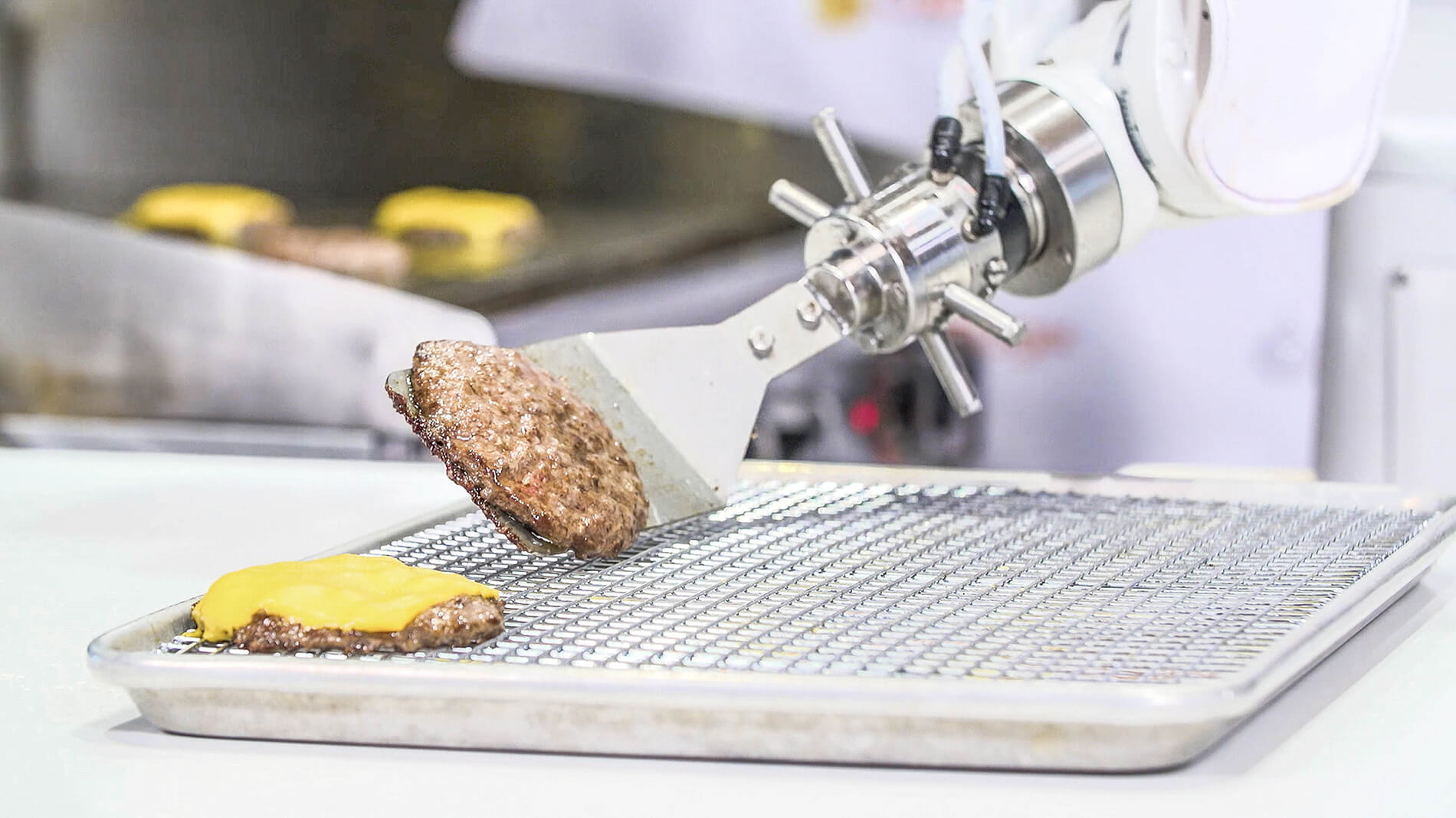

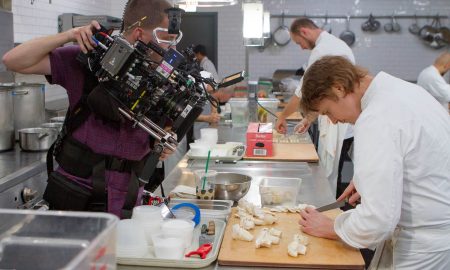




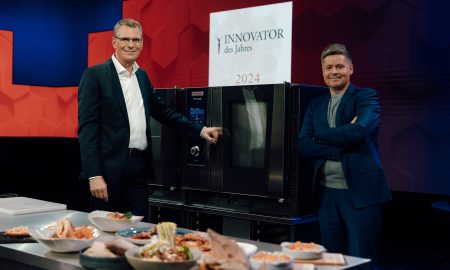
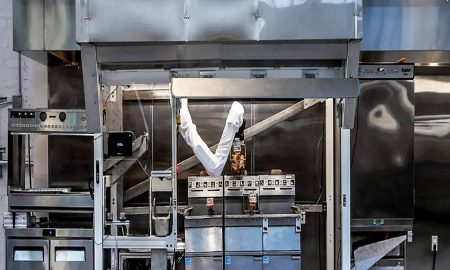
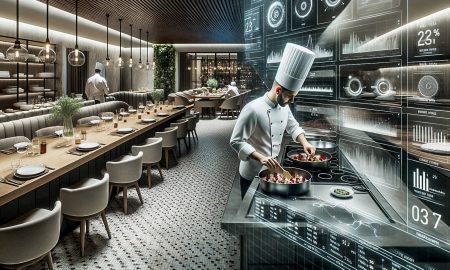

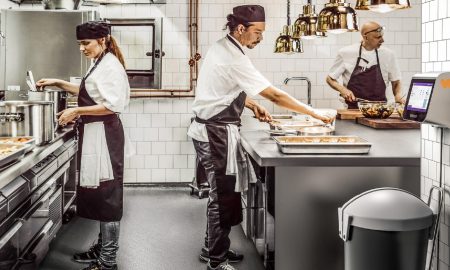

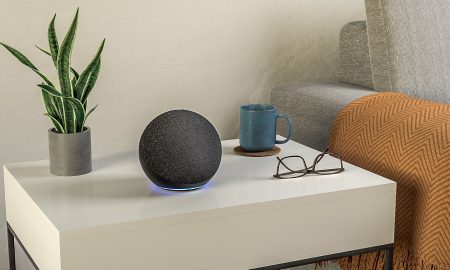

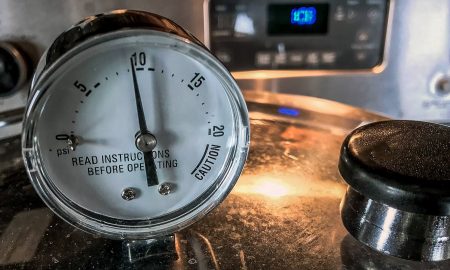
Pingback: The workroom of the future - digitization in the gastronomy | KTCHNrebel